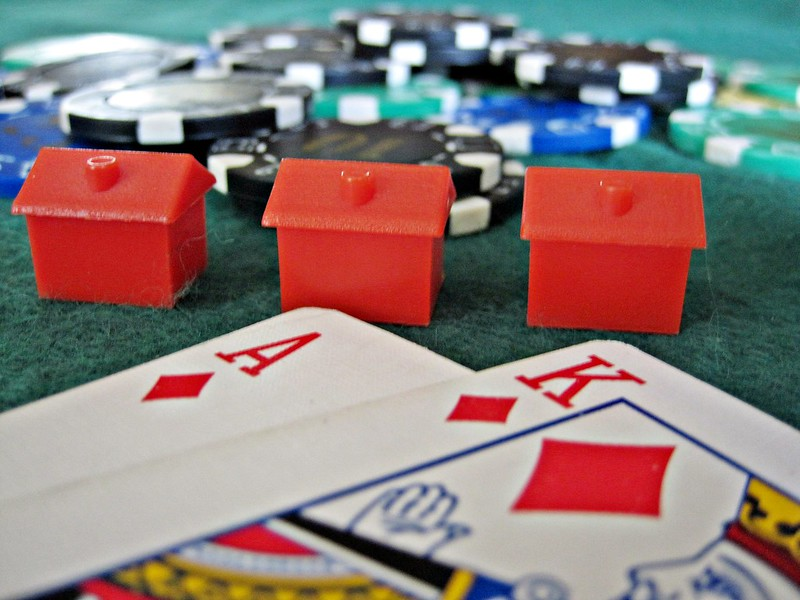Blackjack, also known as twenty-one, is a captivating card game that has entertained gamblers and strategists for centuries. Its simplicity and blend of luck and skill make it an enticing option for both novices and seasoned players. As the cards are dealt, the anticipation builds, creating an atmosphere of excitement and possibility. In this article, we explore the game of blackjack and delve into the world of card counting, a strategy that has fascinated players and confounded casinos for years.
At its core, blackjack is a game of numbers and probabilities. The objective is simple: achieve a hand total as close to 21 as possible without exceeding it. Each card has a designated value – numbered cards retain their face value, while face cards (King, Queen, and Jack) are worth 10 points. The Ace is unique, as it can be counted as 1 or 11 points, depending on the player’s preference.
What sets blackjack apart from other casino games is the player’s ability to make informed decisions based on the cards in play. This is where card counting comes into play. Card counting is a technique used to keep track of the ratio of high to low cards remaining in the deck. By doing so, skilled players can gain an edge over the casino and increase their chances of winning.
The concept of card counting revolves around the principle that a deck rich in high cards (such as Aces and tens) is advantageous to the player. This is because it increases the likelihood of getting a blackjack, which pays out at a higher rate than other winning hands. Conversely, a deck with a higher proportion of low cards (such as twos through sixes) favors the dealer.
Card counting strategies vary in complexity, but the most well-known and widely used is the Hi-Lo system. It assigns values to each card: +1 for cards two through six, 0 for cards seven through nine, and -1 for tens and Aces. By mentally tracking these values and keeping a running count as the cards are revealed, players can estimate the composition of the remaining deck.
The true power of card counting lies in adjusting your bets based on the count. When the count is positive (indicating a deck rich in high cards), the player has a greater advantage and can bet more. Conversely, when the count is negative, it’s best to minimize bets or refrain from playing altogether.
It’s important to note that card counting is not illegal, but casinos have implemented countermeasures to deter skilled players. They often use multiple decks, shuffle frequently, or even bar individuals suspected of card counting from playing. These measures have made card counting more challenging but not impossible. Dedicated players continue to refine their skills and find ways to beat the odds.
While card counting can tilt the odds in the player’s favor, it requires considerable practice, concentration, and mental agility. It’s not a guaranteed path to riches, but rather a tool that enhances the strategic aspect of the game. It’s an art form that demands a delicate balance between discipline, observation, and quick thinking.
In conclusion, blackjack is a timeless game that enthralls players with its blend of luck and skill. Card counting adds a layer of strategy that transforms the game into a battle of wits between the player and the casino. While it may seem like an insurmountable challenge, mastering the art of card counting can provide an unbeatable thrill and potentially tip the scales in your favor. So, the next time you sit at a blackjack table, remember to keep an eye on the cards and unlock the secrets hidden within their numbers.

Leave a Reply